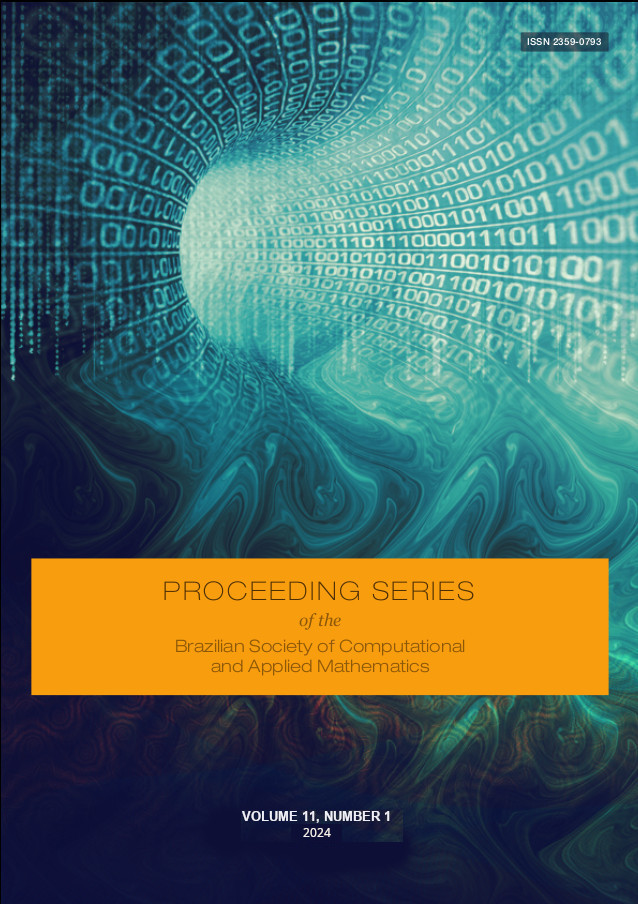Alternative Approach for Deriving an Unconventional Distance Protection Algorithm
DOI:
https://doi.org/10.5540/03.2025.011.01.0338Palabras clave:
Alternative Mathematical Approach, Distance Protection Algorithm, Electric Power Systems, Long Transmission LinesResumen
This work presents an alternative approach for deriving an unconventional distance protection algorithm suitable for long single-circuit transmission lines. Such approach is based on the application of Kirchhoff’s laws to a system modeled in the frequency domain. The electric power system considered and the steps of the protection algorithm deduction approach are detailed. As a result, the same input signals from the literature are obtained, which demonstrates the adequacy of such methodology to different systems.
Descargas
Citas
M. R. Araújo. “Distance protection in long and extra-long transmission lines (in Portuguese)”. Master dissertation. Federal University of Minas Gerais, 2015.
M. R. Araújo and E. A. Batista. “Alternative Approach for Deriving an Unconventional Distance Protection Algorithm”. In: Research Square (2023). Preprint. doi: 10.21203/rs.3.rs-3192853/v1.
M. R. Araújo and C. Pereira. “A practical first-zone distance relaying algorithm for long parallel transmission lines”. In: Electric Power Systems Research 146 (2017), pp. 17–24. doi: 10.1016/j.epsr.2017.01.013.
M. R. Araújo and C. Pereira. “Distance protection algorithm for long parallel transmission lines with no common bus”. In: IEEE Transactions on Power Delivery 35(2) (2020), pp. 1059–1061. doi: 10.1109/TPWRD.2019.2903932.
J. Glover, M. Sarma, and Overbye. T. Power system analysis and design. 5th ed. Stamford, CT, USA: Cengage Learning, 2012. isbn: 978-1-111-42577-7.
G. D. Rockefeller. “Fault protection with a digital computer”. In: IEEE Transactions on Power Apparatus and Systems PAS-88(4) (1969), pp. 438–464. doi: 10.1109/TPAS.1969.292466.
Z. Xu et al. “A distance protection relay for a 1000-kV UHV transmission line”. In: IEEE Transactions on Power Delivery 23(4) (2008), pp. 1795–1804. doi: 10.1109/TPWRD.2008.919038.

